The world of cryptocurrency often mirrors high school dynamics—major players like Ethereum, Solana, and Bitcoin dominate the spotlight while quieter innovators quietly reshape the industry at the margins. While the buzz surrounds these giants, the real breakthroughs are emerging from smaller, lesser-known Layer-1 platforms that tackle challenges traditional blockchains struggle to overcome.
The foundation of Blockchain: Layer-1 Platforms
Layer-1 blockchains are the core of decentralized networks. Unlike Layer-2 solutions, which build on existing infrastructure, Layer-1 platforms are the infrastructure. This independence empowers them to directly address critical issues like scalability, security, and accessibility at the protocol level, enabling innovations beyond the reach of Layer-2s. By integrating revolutionary consensus mechanisms and creating robust ecosystems for developers, these blockchains are driving the next wave of Web3 evolution.
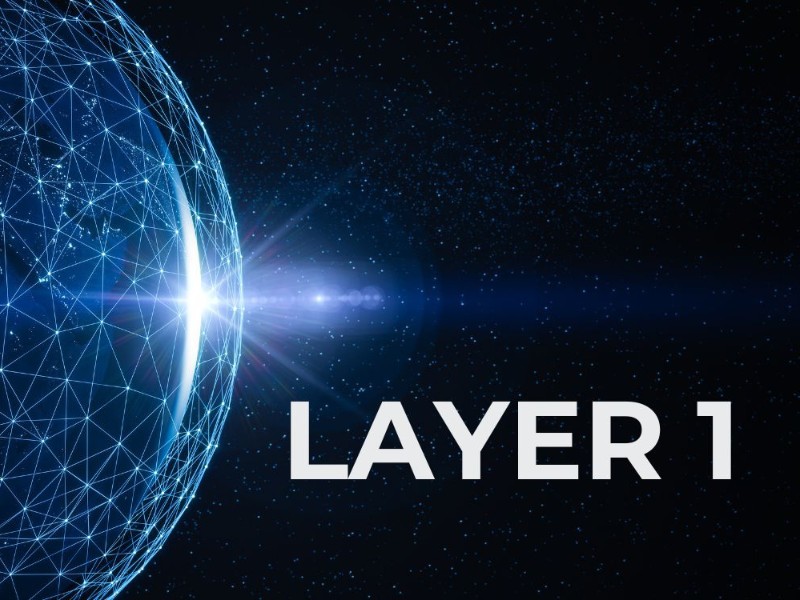
Why should you care about these platforms?
Imagine reducing cross-chain transfer times from 16 minutes to 2 minutes, connecting millions of JavaScript developers to blockchain, or securing healthcare data for Fortune 500 companies. These aren’t far-fetched ideas; they’re happening now. While the market capitalization of these platforms remains relatively modest, their potential for real-world impact positions them as prime candidates for growth in 2025.
Algorand (ALGO)
The Challenge: Scalability without compromising speed, security, or decentralization.
The Solution: Pure Proof-of-Stake (PPoS), developed by Turing Award winner Silvio Micali, allows Algorand to process millions of transactions daily with finality in seconds and zero forks.
- Real-World Adoption:
- In January 2024, Algorand processed 43 million transactions in a single day, ranking third in transaction volume.
- Companies like ZTLment (fintech) and abrdn (financial services) have adopted Algorand for secure and efficient operations.
- Current Valuation: Trading at just $0.33, ALGO remains undervalued despite its robust infrastructure and real-world use cases.
Why It Matters: As financial institutions adopt blockchain for secure, high-speed applications, Algorand’s business-focused design makes it a strong contender for long-term growth.
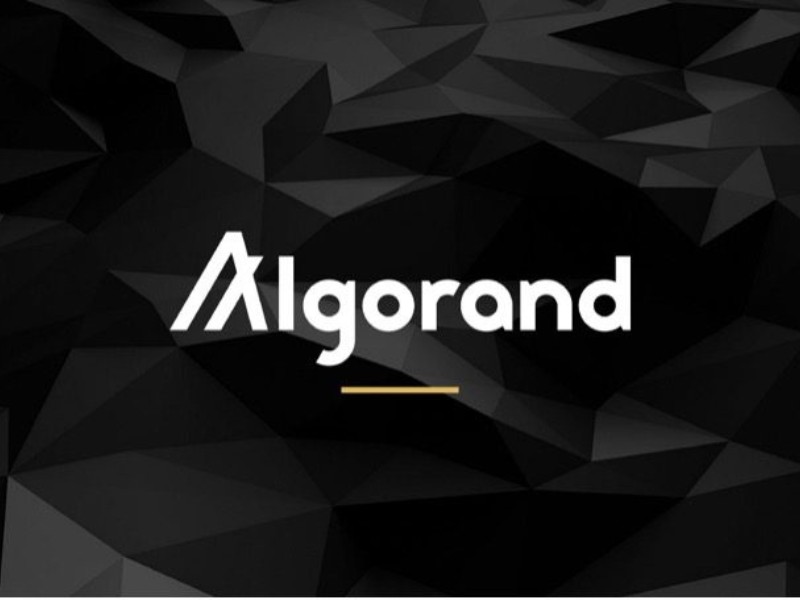
Agoric (BLD)
The Challenge: Simplifying blockchain development for mainstream programmers.
The Solution: By integrating JavaScript—a language familiar to millions—Agoric creates a more inclusive Web3 ecosystem.
- Innovative Features:
- Orchestration API reduces cross-chain transfer times from 16 to 2 minutes using Interchain Accounts (ICAs) and IBC protocol.
- Partnerships with Native and Union expand trustless interoperability across ecosystems.
- Tokenomics:
- Dual-token system: BLD (staking/governance) and IST (a stablecoin for seamless liquidity).
- Current Valuation: BLD trades at $0.05, with a market cap of $32.77 million—making it an undervalued gem in the Cosmos ecosystem.
Why It Matters: Agoric’s focus on developer accessibility and interoperability positions it as a key player in Web3’s evolution.
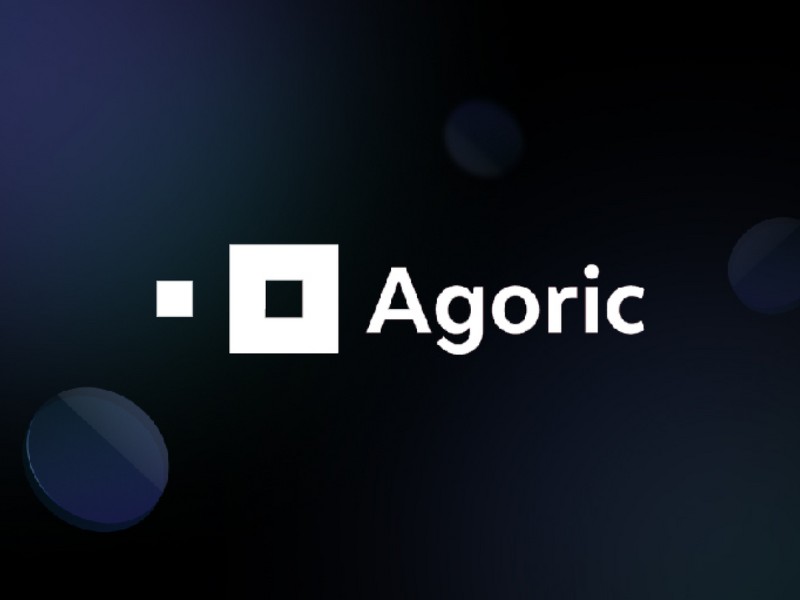
MultiversX (EGLD)
The Challenge: Scaling without sacrificing decentralization.
The Solution: Adaptive state sharding achieves 30,000 transactions per second, with low transaction costs ($0.001) and over 3,200 validator nodes.
- Key Highlights:
- Carbon-neutral since 2021 with one of the lowest footprints among blockchain platforms.
- Enterprise adoption by companies like Google Cloud and Tencent Cloud.
- Current Valuation: EGLD trades at $30.38, significantly lower than its potential given its robust infrastructure and partnerships.
Why It Matters: MultiversX combines scalability, sustainability, and enterprise trust, paving the way for widespread adoption.
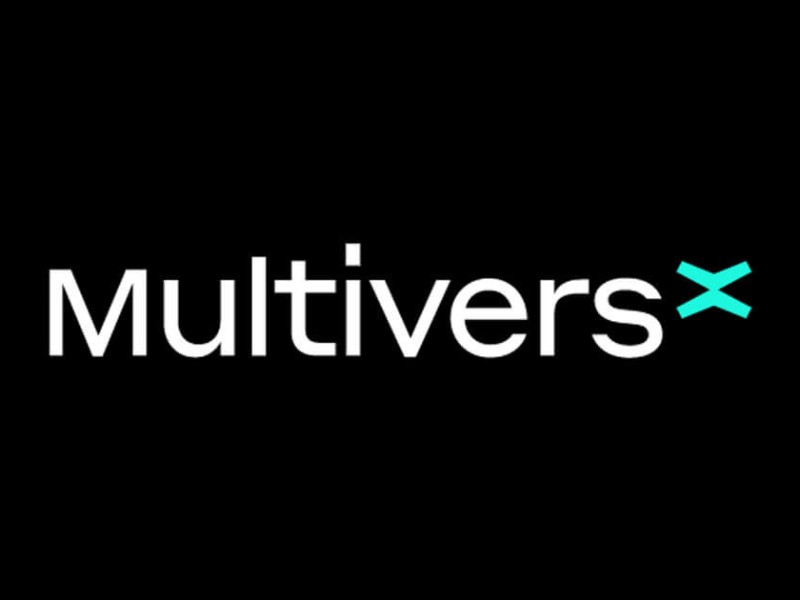
Oasis Network (ROSE)
The Challenge: Protecting sensitive data in blockchain applications.
The Solution: A dual-layer architecture that ensures data confidentiality while maintaining decentralization.
- Real-World Applications: Privacy-centric solutions for industries like healthcare and finance.
- Token Role: ROSE facilitates staking, transaction fees, and governance, with a total supply of 10 billion tokens.
- Current Valuation: ROSE is priced at $0.069, offering significant growth potential as demand for privacy solutions rises.
Why It Matters: As privacy concerns grow, Oasis Network’s secure architecture positions it as a frontrunner for blockchain-based data solutions.
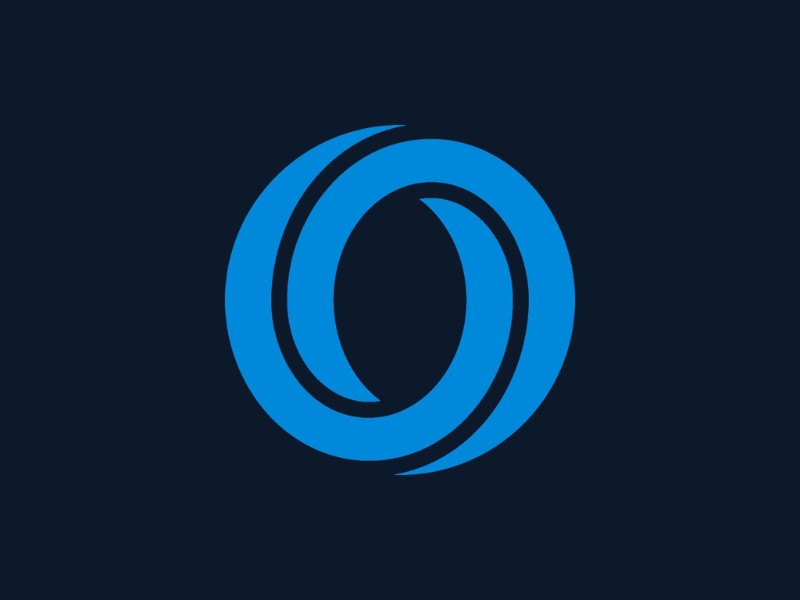
Injective (INJ)
The Challenge: Optimizing decentralized finance (DeFi).
The Solution: A DeFi-focused Layer-1 platform offering fast (0.64-second block times) and cost-efficient transactions.
- Unique Tokenomics:
- 60% of protocol fees go to a buy-back-and-burn auction, removing tokens from circulation and creating deflationary pressure.
- Current Valuation: INJ trades at $19.1, well below its all-time high of $52.94, despite its technical strengths.
Why It Matters: As DeFi continues to expand, Injective’s efficiency and focus on interoperability give it an edge in the market.
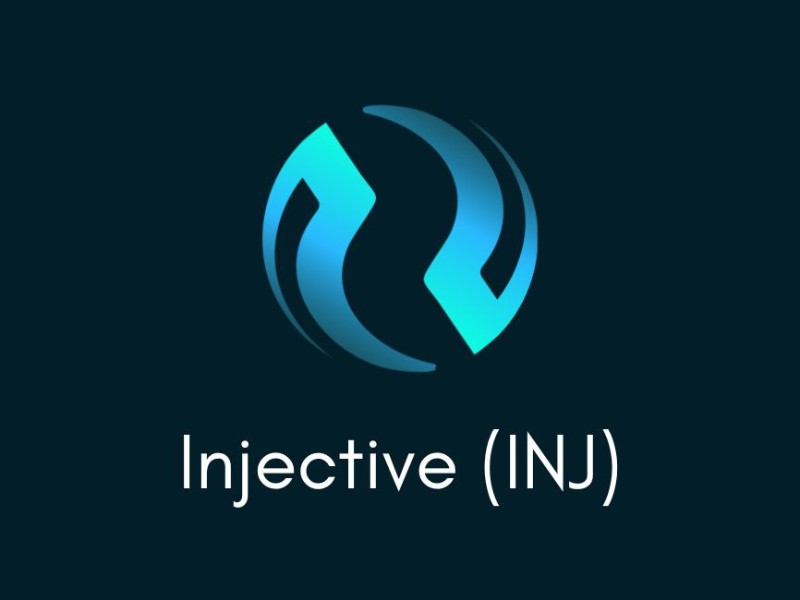
Comparison of layer-1 blockchains
Here’s a detailed comparison of the Layer-1 blockchains discussed, highlighting scalability, real-world applications, interoperability, sustainability, and investment potential.
| Criteria | Algorand (ALGO) | Agoric (BLD) | MultiversX (EGLD) | Oasis Network (ROSE) | Injective (INJ) |
|---|---|---|---|---|---|
| Scalability | 1,200 TPS with low latency, capable of processing millions of daily transactions. | Cuts cross-chain transfer times from 16 minutes to 2 minutes. | 30,000 TPS with adaptive state sharding, maintaining decentralization. | High-performance transactions with enhanced privacy for sensitive data. | 0.64-second block times with ultra-low fees. |
| Key Features | Pure Proof-of-Stake, no forks, high speed, and security. | JavaScript support, accessible to millions of mainstream developers. | Sharding combined with carbon-neutral operations since 2021. | Dual-layer architecture ensuring confidentiality for sensitive data. | DeFi-focused ecosystem with deflationary tokenomics. |
| Real-World Applications | Used by fintechs like ZTLment, financial institutions like abrdn, and academic institutions like King’s College. | Integrated with Native (Bitcoin) and Union (Ethereum, Arbitrum). | Trusted by enterprises like Google Cloud and Tencent Cloud, with AI and blockchain grants. | Secure solutions for healthcare and financial data processing. | Ideal for DEXs, derivatives, and DeFi applications. |
| Interoperability | Limited focus on cross-chain interactions. | Seamless cross-chain transactions via Interchain Accounts and IBC. | Supports integrations with major enterprise services. | Optimized for data-sensitive applications. | Strong cross-chain integrations for major DeFi protocols. |
| Sustainability | Energy-efficient with Pure Proof-of-Stake. | Focused on creating an accessible developer environment. | Carbon-neutral since 2021, minimizing its carbon footprint. | High efficiency for privacy-centric applications. | Deflationary token system ensures long-term sustainability. |
| Tokenomics | Total supply: 10 billion ALGO; price: $0.33. | Total supply: 1.06 billion BLD; price: $0.05. | Total supply: 31.4 million EGLD; price: $30.38. | Total supply: 10 billion ROSE; price: $0.069. | Total supply: 100 million INJ; price: $19.1. |
| Current Valuation | Undervalued relative to its potential. | Low valuation with significant room for expansion. | Undervalued compared to networks with similar performance. | Undervalued given rising privacy demands. | Undervalued compared to its all-time high, with recovery potential. |
| Growth Potential | Positioned for long-term growth with financial and enterprise adoption. | Poised for expansion with a developer-centric approach. | Significant potential as enterprise adoption grows. | Set to benefit from rising demand for privacy solutions. | Leading DeFi innovation with efficient performance and deflationary tokenomics. |
While Ethereum and Solana dominate headlines, platforms like Algorand, Agoric, MultiversX, Oasis Network, and Injective are quietly addressing critical challenges in the Web3 ecosystem. Their innovative approaches to scalability, interoperability, privacy, and DeFi make them potential breakout stars in 2025.
Don’t just follow the hype—dig deeper into these Layer-1 blockchains. Their real-world impact and solid technical foundations could make them the next big thing in the crypto landscape.
Want to stay ahead in the crypto world? Discover more insights, trends, and analysis by exploring other articles from Crypto Market Pulse. Whether you’re a seasoned investor or a curious newcomer, we’re here to guide you through the fast-changing world of blockchain and cryptocurrency.


